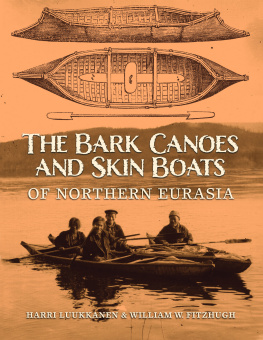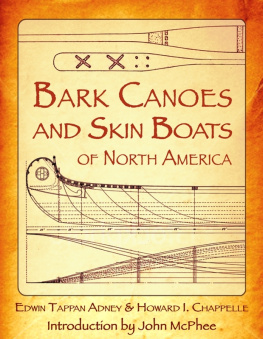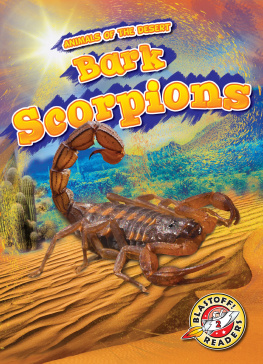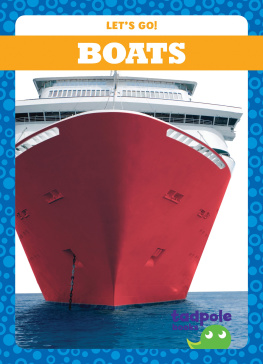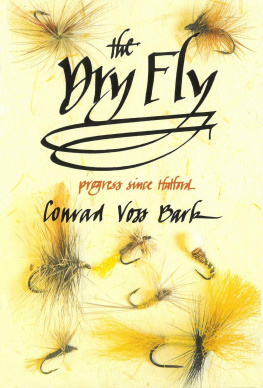Harri Luukkanen - The Bark Canoes and Skin Boats of Northern Eurasia
Here you can read online Harri Luukkanen - The Bark Canoes and Skin Boats of Northern Eurasia full text of the book (entire story) in english for free. Download pdf and epub, get meaning, cover and reviews about this ebook. year: 2020, publisher: Smithsonian, genre: Romance novel. Description of the work, (preface) as well as reviews are available. Best literature library LitArk.com created for fans of good reading and offers a wide selection of genres:
Romance novel
Science fiction
Adventure
Detective
Science
History
Home and family
Prose
Art
Politics
Computer
Non-fiction
Religion
Business
Children
Humor
Choose a favorite category and find really read worthwhile books. Enjoy immersion in the world of imagination, feel the emotions of the characters or learn something new for yourself, make an fascinating discovery.
- Book:The Bark Canoes and Skin Boats of Northern Eurasia
- Author:
- Publisher:Smithsonian
- Genre:
- Year:2020
- Rating:5 / 5
- Favourites:Add to favourites
- Your mark:
- 100
- 1
- 2
- 3
- 4
- 5
The Bark Canoes and Skin Boats of Northern Eurasia: summary, description and annotation
We offer to read an annotation, description, summary or preface (depends on what the author of the book "The Bark Canoes and Skin Boats of Northern Eurasia" wrote himself). If you haven't found the necessary information about the book — write in the comments, we will try to find it.
The Bark Canoes and Skin Boats of Northern Eurasia — read online for free the complete book (whole text) full work
Below is the text of the book, divided by pages. System saving the place of the last page read, allows you to conveniently read the book "The Bark Canoes and Skin Boats of Northern Eurasia" online for free, without having to search again every time where you left off. Put a bookmark, and you can go to the page where you finished reading at any time.
Font size:
Interval:
Bookmark:
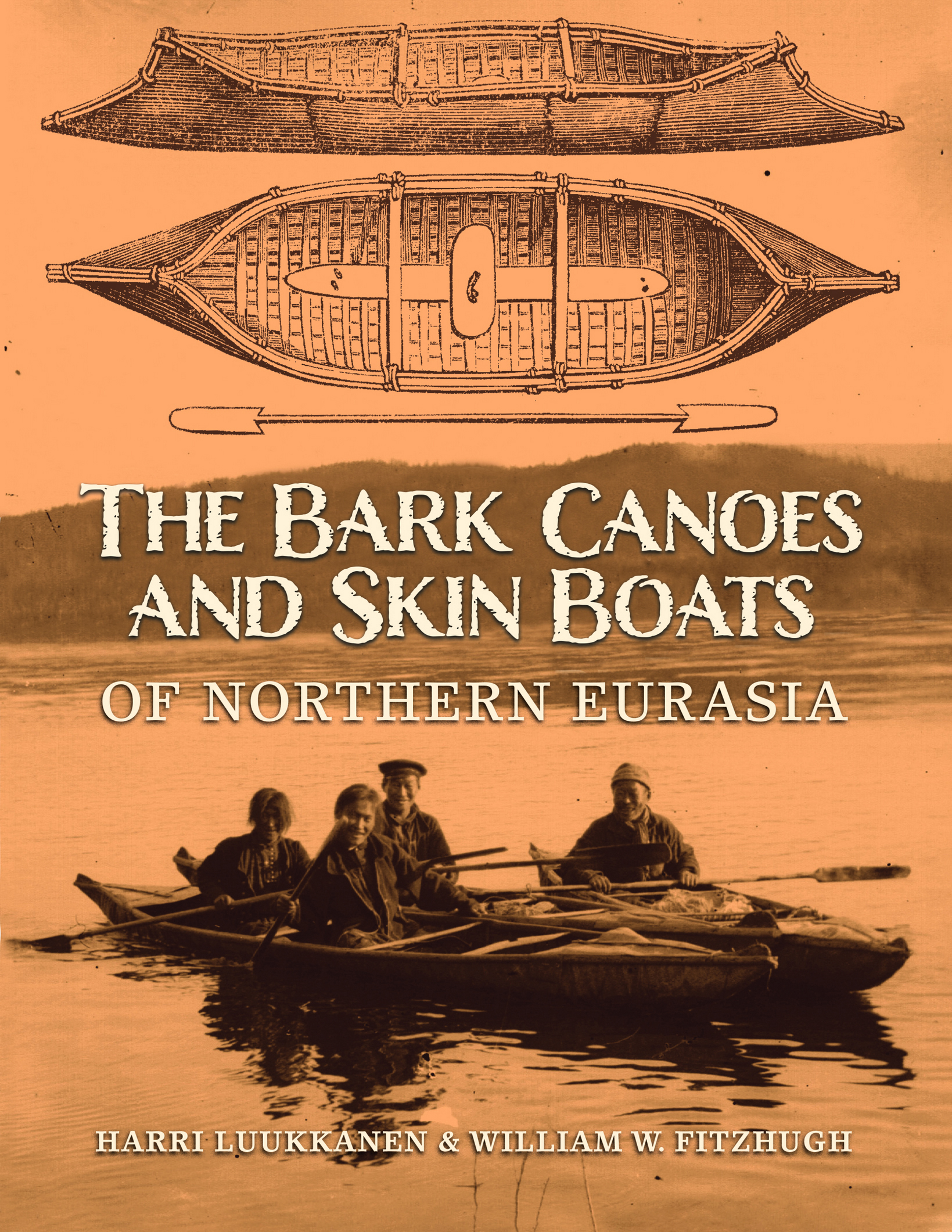
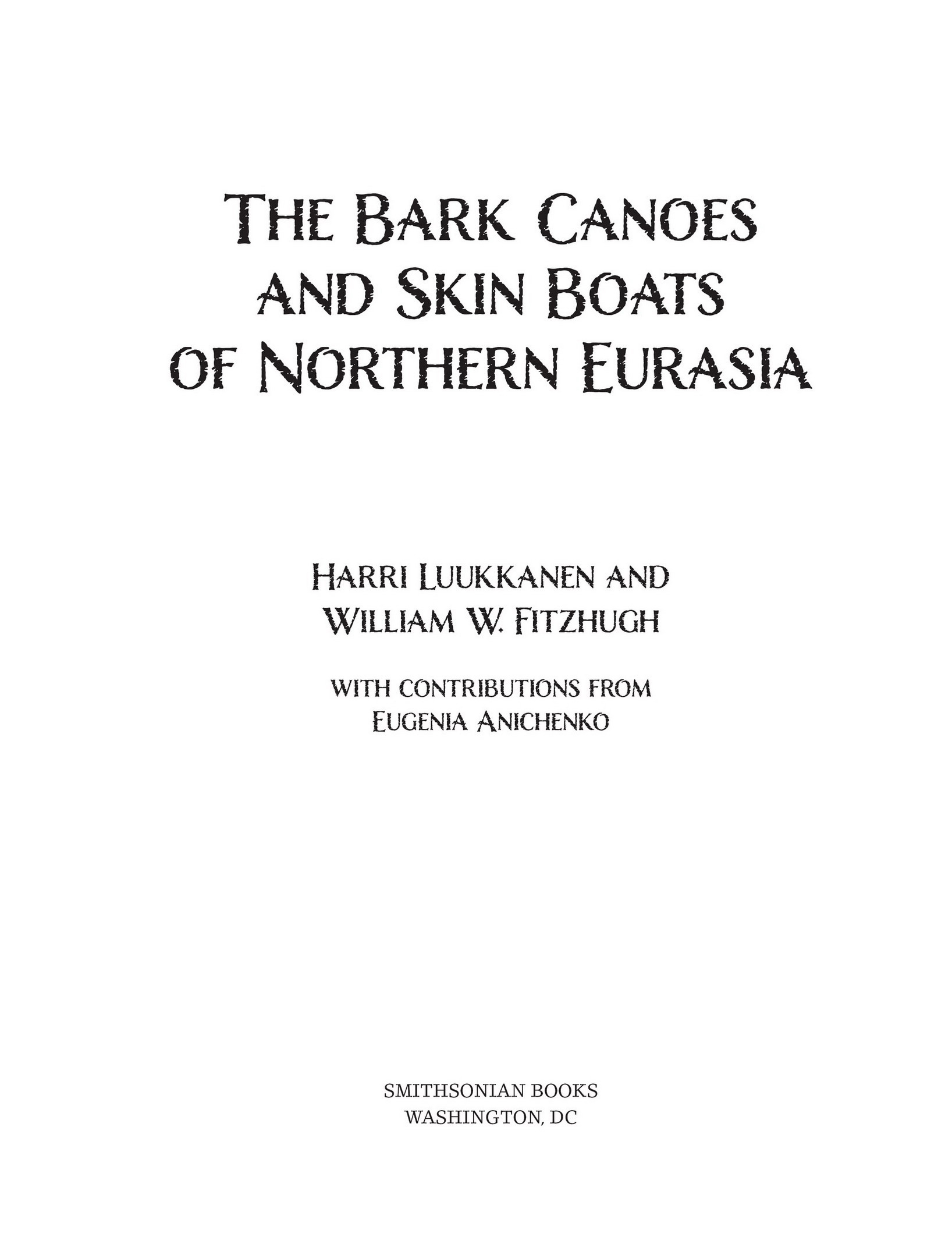
2020 Harri Luukkanen and Smithsonian Institution
All rights reserved. No part of this publication may be reproduced or transmitted in any form or by any means, electronic or mechanical, including photocopying, recording, or information storage or retrieval system, without permission in writing from the publishers.
Published by Smithsonian Books
Funding for this book was provided in part by Smithsonian Institution Scholarly Press
Director: Carolyn Gleason
Senior Editor: Jaime Schwender
Edited by Laura Harger, Juliana Froggatt, and Martin Edmunds
Book design by Mary Parsons, adapted for ebook
This book may be purchased for educational, business, or sales promotional use. For information, please write: Special Markets Department, Smithsonian Books, P.O. Box 37012, MRC 513, Washington, DC 20013
Library of Congress Cataloging-in-Publication Data
Names: Luukkanen, Harri, author. | Fitzhugh, William W., 1943 author.
Title: The bark canoes and skin boats of Northern Eurasia / Harri Luukkanen and William W. Fitzhugh ; contribution by Evguenia Anichtchenko.
Description: Washington, DC : Smithsonian Books, [2020] | Includes bibliographical references and index.
Identifiers: LCCN 2015027732 | ISBN 9781588344755
Subjects: LCSH: Canoes and canoeingEurasia. | Skin boatsEurasia.
Classification: LCC VM353 .L85 2020 | DDC 623.82/9dc23 LC record available at https://lccn.loc.gov/2015027732
Ebook ISBN9781588344762
For permission to reproduce illustrations appearing in this book, please correspond directly with the owners of the works, as seen in the captions. Smithsonian Books does not retain reproduction rights for these images individually or maintain a file of addresses for sources.
Endpapers: August Heinrich Petermanns map of Northern and Middle Asia from Stielers Hand Atlas, 1880, as it appeared in N. A. E. Nordenskjlds 1881 The Voyage of the Vega round Asia and Europe, vol. 1, 372.
a_prh_5.5.0_c0_r0
TABLES
Measured Birch-Bark Canoes in Northern Eurasia
Selected Measured Skin Boats and Kayaks in Northern Eurasia
Boat Images in Karelian Petroglyphs and Rock Paintings
Literature Sources on Bark and Skin Boats in Northern Eurasia
MAPS
Eurasian north: distribution of peoples and geographic regions used to classify bark and skin boats
Rivers and seas of Northern Eurasia
Boreal and tundra zones of the circumpolar region
Distribution of bark canoe and skin boat types
Northern Europe and Fennoscandia
Northeastern Europe: eastern Baltics and Cis (Near)-Urals
Karelian region
White Sea region
Western Siberia: Ob River Basin and Yamal
Khanty territories, late 19th and early 20th centuries
Mansi territorial change
Central Siberia: Yenisey River basin and Taimyr Peninsula
Lower Yenisey River, 1745
Eastern Siberia and Chukotka, Kamchatka, and the Kuril Islands
Yukagir tribal regions circa 1700
Pacific Siberia
Far East
Alaska Native group locations
Kayaks of Bering Strait and North American Arctic
All Finnish, German, and Scandinavian-language materials quoted in this book were translated by Harri Luukkanen (HL). As we lacked professional translators during the research phase of this project, he relied on foreign-born canoe-knowledgeable friends and machine-translation services to translate other languages. These translations were then edited for style and content. This process inevitably introduced some errors, for which we apologize.
The singular and plural names of Native peoples and groups are spelled the same way among all Russian Native groups (e.g., a Nenets herder; Nenets herders). This usage is common practice. Spellings of Native groups names and place names in quoted texts have not been standardized to modern usage and, in quotations from original English translations, have been left as they appeared in the source documents. Some older names have been preserved (e.g., Sungari, now Songhua River) because of their prominence in old literature. In these cases, the modern name is noted at the old names first appearance in the text.
We occasionally refer to the peoples and cultures of Arctic North America as Eskimo, since that termalthough tainted historicallyis necessary when referring to all Arctic-adapted peoples, from Chukotka and Alaska to Greenland, because no other adequate collective term is available. However, this name is considered derogatory in Canada, where European explorers mistakenly applied it during the early contact period. In Canada, the proper term for the people known in the historical period is Inuit, meaning real people, while their Dorset-culture predecessors are collectively known as Paleoeskimo. In Alaska and Chukotka (Pacific Siberia), Eskimo peoples prefer to be known by their individual ethno-linguistic names: e.g., Sugpiaq, Unangan, Aluttiq, Yupik, Yupik (in Russia), and Iupiaq. Depending on chronological or former publication context, we use either older or modern names: e.g., Lapp or Saami; Ostyak or Khanty; Yakut or Sakha; Lamut or Even; Gilkak or Nivkh; Gold or Nanay.
In 1964, the Smithsonian Institution published a pioneering book describing Native American watercraft, The Bark Canoes and Skin Boats of North America (fig. 0.1), authored by Edwin Tappan Adney and Howard I. Chapelle. By that time, the Smithsonian had been collecting Native American artifacts for more than a century, but except for a report by Otis T. Mason and Meriden S. Hill (1901) and a discussion of building a Chippewa birch-bark canoe (Ritzenthaler 1950), the Smithsonians collection of bark canoes and skin kayaks remained mostly unpublished and largely unknown (as did most indigenous North American watercraft in other institutions). Adney and Chapelle described many of these boats for the first time. Their book became popular among both scholarly and amateur boating enthusiasts; it was featured in John McPhees The Survival of the Bark Canoe (1975) and is now the longest-running book in print ever produced by the Smithsonian Institution.
Adney (18681950), known to friends as Tappan, was a remarkable individualan artist, naturalist, woodsman, linguist, and scholar. At age 19, while he was vacationing in Woodstock, New Brunswick, a Maliseet Indian named Peter Joe taught him how to make a bark canoe and instructed him in the Maliseet language. Adney, the son of a college professor and already a trained artist, became fascinated with Native Americans and Indian lore, in particular Indian canoes and canoe traditions. He married a woman from Woodstock, New Brunswick, moved to Montreal, and took Canadian citizenship. His interest in Native watercraft developed into a lifetime spent documenting canoes and kayaks both in the field and in museums across North America (Adney and Chapelle 1964: 4; Jennings 2004). His huge trove of collected information included tribe-by-tribe descriptions of canoe manufacturing techniques, raw materials, and vessel performance. He interviewed and photographed Native Americans making canoes; he studied, measured, and built full-size and scaled models; and he made nautical-style construction drawings of canoes lines and details.
Font size:
Interval:
Bookmark:
Similar books «The Bark Canoes and Skin Boats of Northern Eurasia»
Look at similar books to The Bark Canoes and Skin Boats of Northern Eurasia. We have selected literature similar in name and meaning in the hope of providing readers with more options to find new, interesting, not yet read works.
Discussion, reviews of the book The Bark Canoes and Skin Boats of Northern Eurasia and just readers' own opinions. Leave your comments, write what you think about the work, its meaning or the main characters. Specify what exactly you liked and what you didn't like, and why you think so.

